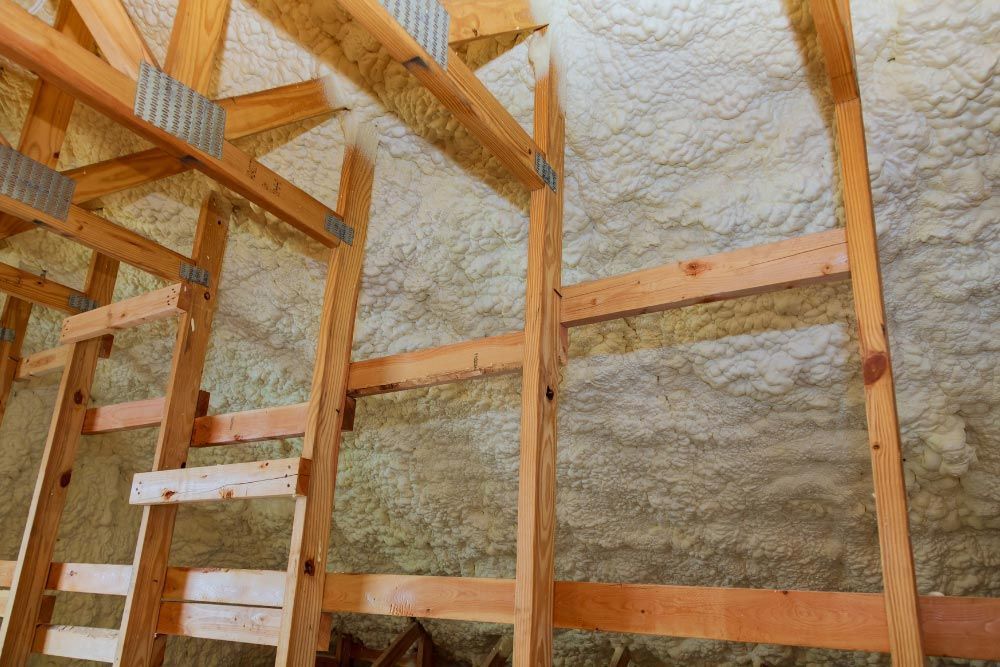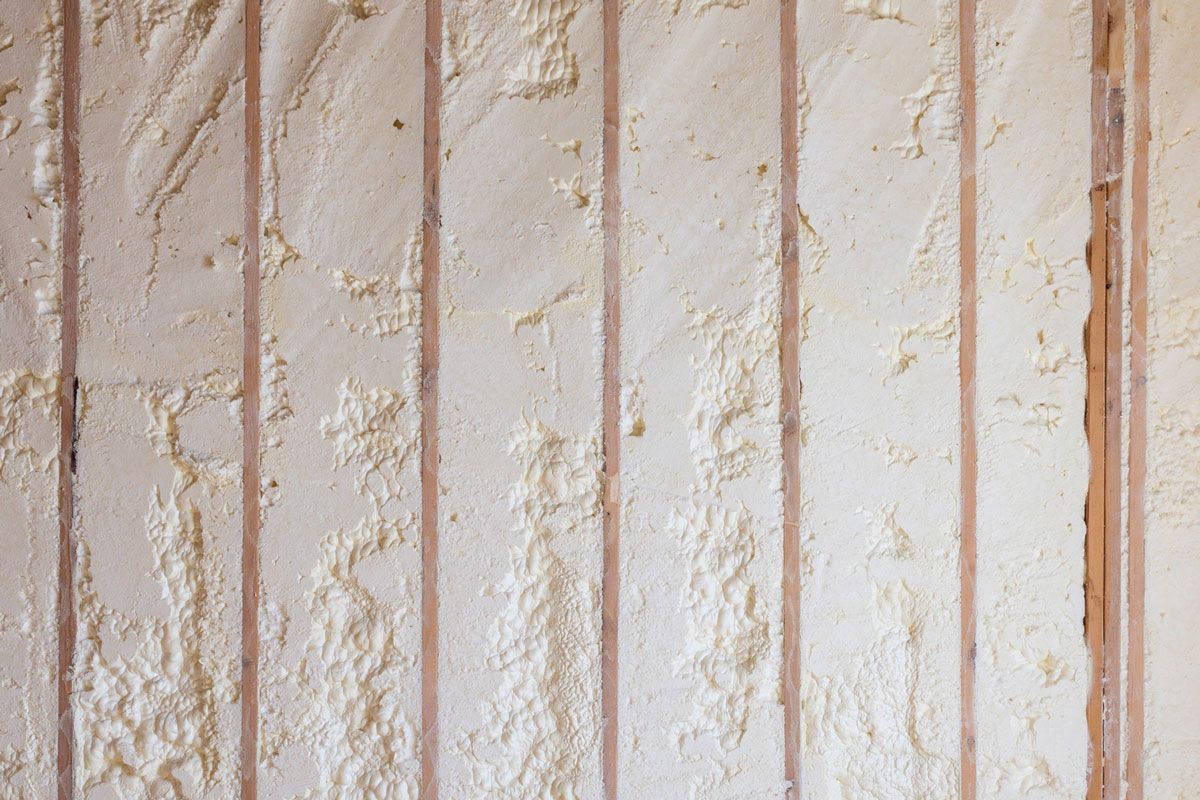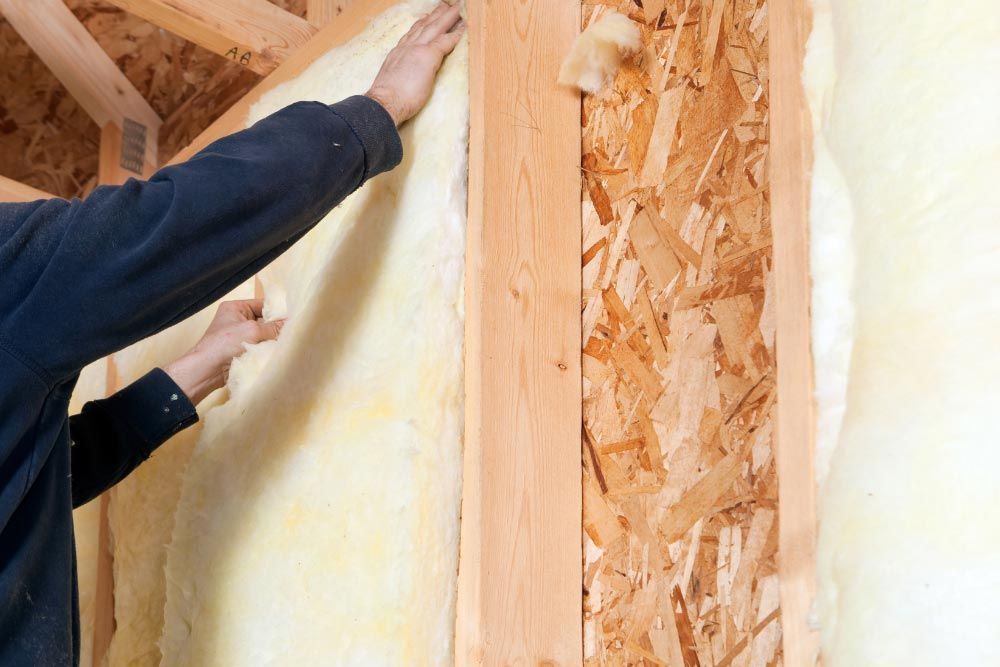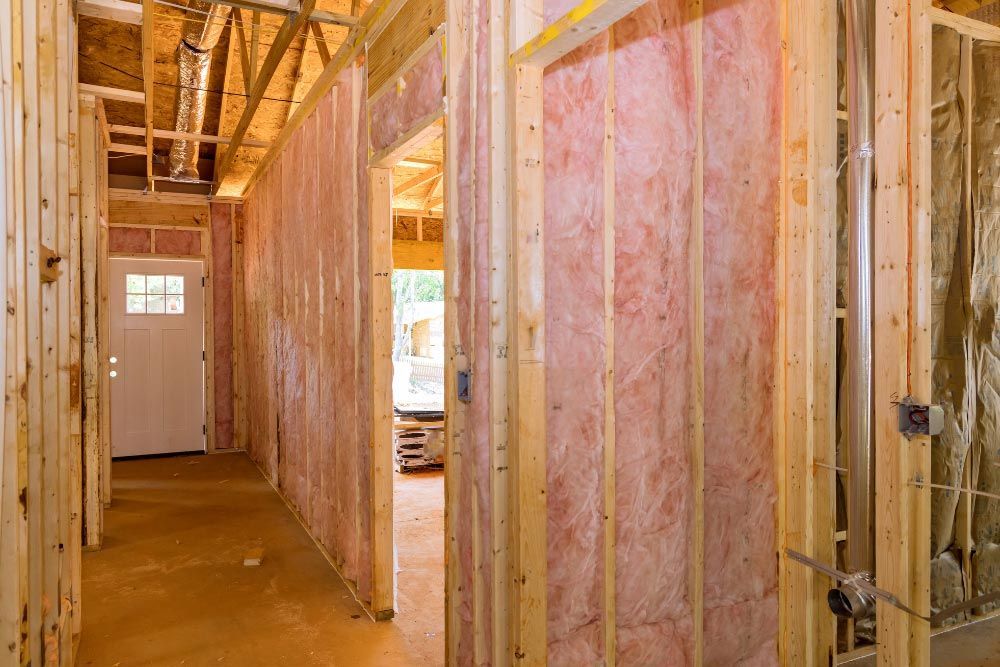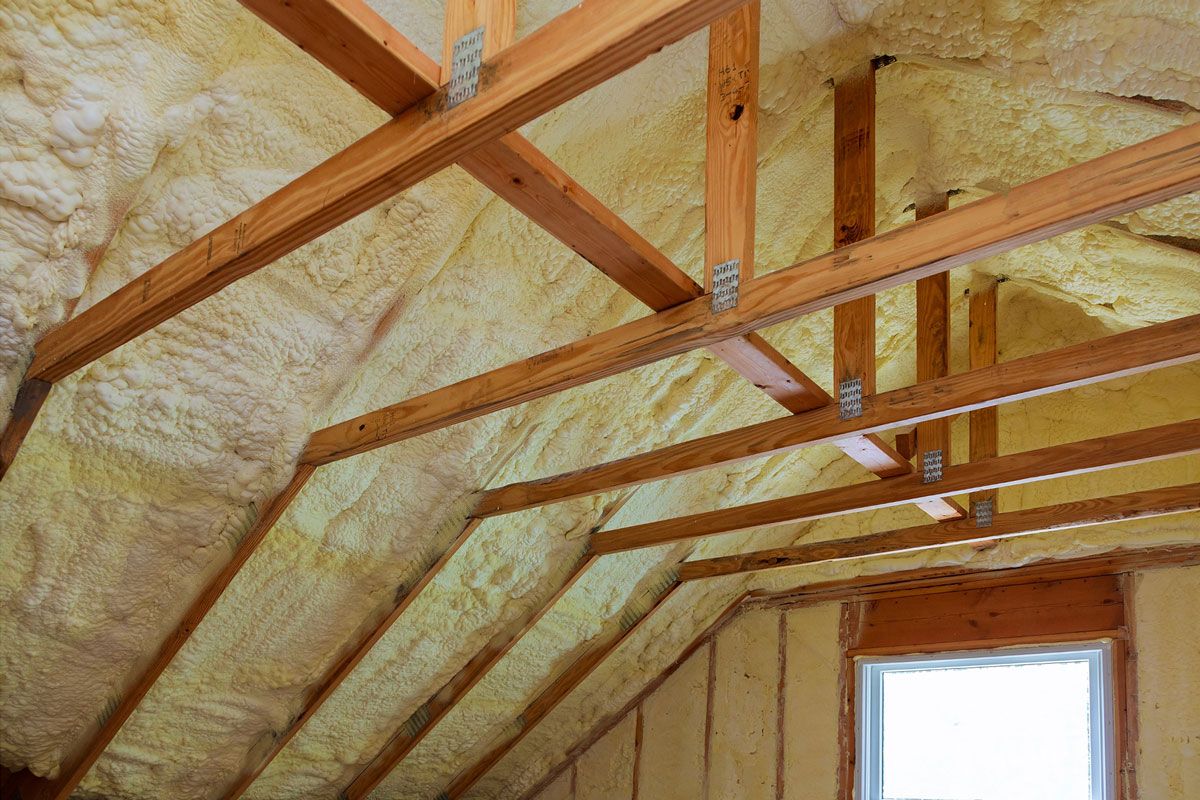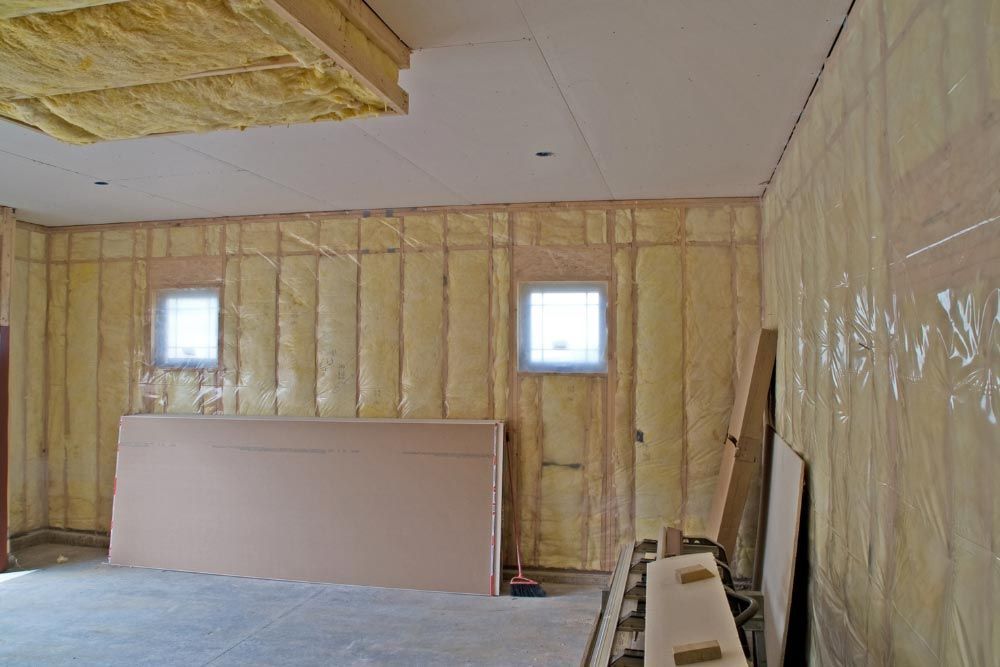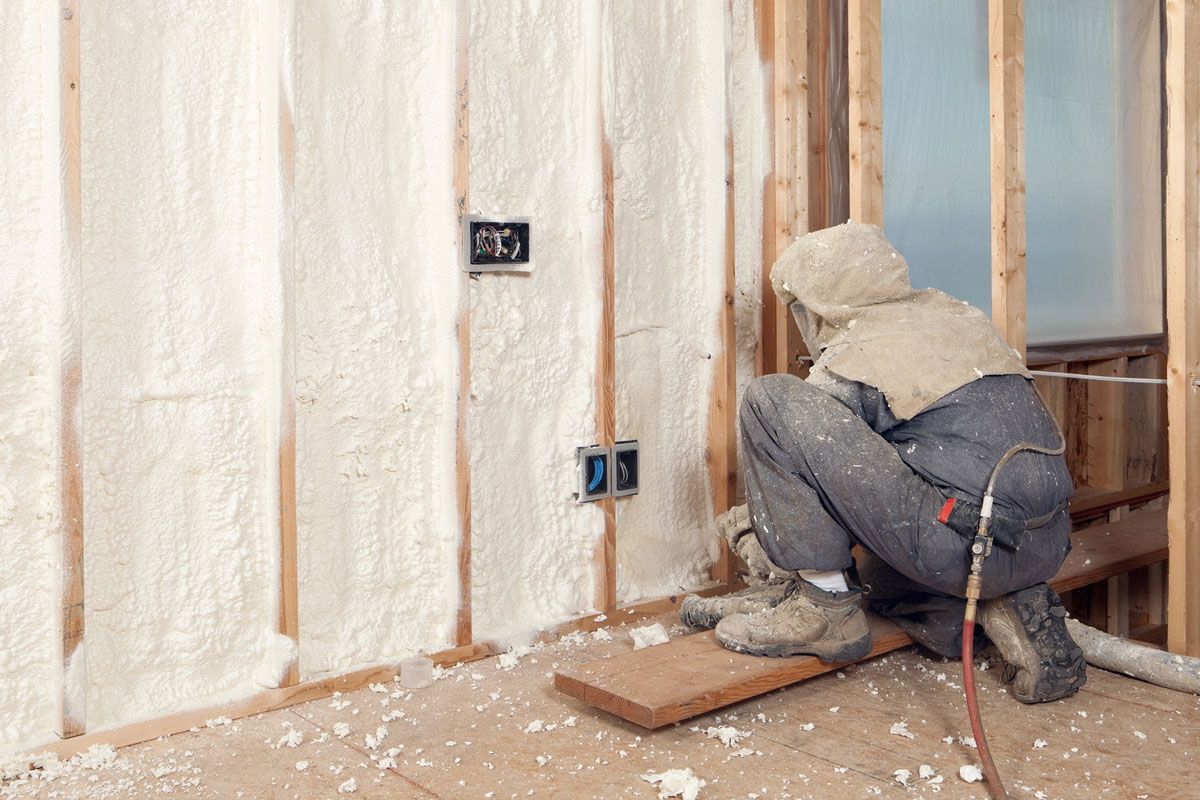How Long Does Home Insulation Last? Complete Guide
Home insulation plays a critical role in maintaining comfort, lowering energy bills, and protecting your home from extreme temperatures. But insulation doesn’t last forever. Over time, it can degrade, lose effectiveness, or become damaged by moisture, pests, or mold. Many homeowners wonder: how long does home insulation actually last?
The answer depends on the type of insulation, installation quality, and environmental conditions. In general, most insulation materials last 20 to 80 years, sometimes even longer with proper care. However, it’s important to recognize the signs when insulation should be upgraded or replaced.
In this guide, we’ll cover the lifespan of common insulation types, factors that affect durability, warning signs of deterioration, and tips to maximize the performance of your home’s insulation.
Average Lifespan of Different Insulation Types
The longevity of insulation depends heavily on the material used. Here’s how long each type typically lasts when properly installed and maintained:
| Type of Insulation | Expected Lifespan | Notes |
|---|---|---|
| Fiberglass Batts | 20–30 years | Can last longer if kept dry and undisturbed |
| Blown-In Fiberglass | 20–30 years | Susceptible to settling over time |
| Cellulose | 20–30 years | Eco-friendly but prone to moisture and settling |
| Mineral Wool (Rockwool) | 30–80 years | Resistant to fire, pests, and mold |
| Spray Foam (Open-Cell) | 50–80 years | Provides excellent air sealing |
| Spray Foam (Closed-Cell) | 80+ years | One of the most durable and long-lasting |
| Radiant Barrier | 10–20 years | Mainly reduces heat gain; may degrade in hot climates |
While some insulation types can technically last for decades, performance often declines after 20–30 years due to settling, air leaks, or environmental damage.
Factors That Affect Insulation Lifespan
Several conditions influence how long insulation will remain effective in your home:
- Moisture Exposure: Water damage from roof leaks, plumbing leaks, or condensation can drastically shorten insulation’s lifespan, leading to mold and reduced R-value.
- Pest Infestation: Rodents and insects can damage or move insulation, particularly fiberglass and cellulose.
- Installation Quality: Properly installed insulation lasts longer. Gaps, compression, or uneven coverage reduce performance.
- Settling and Compression: Loose-fill and blown-in insulation may settle over time, reducing thickness and thermal resistance.
- Climate Conditions: Extreme heat, humidity, or freezing conditions can accelerate deterioration.
- Age of the Home: Older homes often have outdated insulation that no longer meets today’s recommended R-values.
Signs Your Home Insulation Needs Replacement
Even if insulation hasn’t reached the end of its expected lifespan, there are warning signs that it may no longer be effective:
- Higher Energy Bills: Rising heating and cooling costs indicate insulation is no longer performing well.
- Uneven Room Temperatures: Some areas of the house are too hot or too cold compared to others.
- Drafts and Cold Spots: Air leaks around walls, ceilings, or floors may point to failing insulation.
- Moisture or Mold Growth: Wet insulation must be removed and replaced immediately.
- Pest Damage: Rodent droppings, nesting material, or chewed insulation signal replacement is necessary.
- Visible Deterioration: Insulation that looks saggy, thin, or crumbling has likely lost its effectiveness.
How to Extend the Life of Your Insulation
With proper maintenance, you can maximize insulation performance and delay replacement:
- Keep Attics and Crawl Spaces Dry: Ensure proper ventilation and fix leaks quickly.
- Seal Air Leaks: Use caulk or spray foam to close gaps before adding insulation.
- Schedule Energy Audits: Professionals can use thermal imaging to check insulation performance.
- Protect Against Pests: Seal entry points and consider professional pest control.
- Avoid Disturbing Insulation: Walking on or compressing insulation reduces its effectiveness.
For more detailed guidance on insulation types and R-values, the U.S. Department of Energy provides an excellent resource on Insulation and Air Sealing.
Cost of Replacing Home Insulation
If your insulation is past its lifespan, replacement may be necessary. Costs vary by material and home size, but here are 2025 averages:
| Type of Insulation | Cost Per Sq. Ft. (Installed) | Total Cost for 1,500 Sq. Ft. Home |
|---|---|---|
| Fiberglass Batts | $1.50 – $2.75 | $2,250 – $4,125 |
| Blown-In Fiberglass | $1.75 – $3.25 | $2,625 – $4,875 |
| Cellulose | $2.00 – $3.50 | $3,000 – $5,250 |
| Spray Foam (Open-Cell) | $3.00 – $5.50 | $4,500 – $8,250 |
| Spray Foam (Closed-Cell) | $4.50 – $7.00 | $6,750 – $10,500 |
While spray foam lasts the longest, fiberglass and cellulose are more affordable upfront and still provide decades of efficiency when properly maintained.
Final Thoughts
So, how long does home insulation last? On average, most insulation materials remain effective for 20 to 30 years, though some like spray foam and mineral wool can last much longer. The actual lifespan depends on installation quality, moisture levels, pest activity, and overall home maintenance.
Keeping your insulation in good condition not only saves on energy costs but also ensures a healthier, more comfortable living environment. If your insulation is aging or underperforming, now is the perfect time to schedule a professional inspection and upgrade your home’s efficiency.
Frequently Asked Questions
How long does fiberglass insulation last?
Fiberglass batts and blown-in fiberglass typically last 20 to 30 years. However, if the insulation is kept dry, undisturbed, and free from pests, it may remain effective for even longer. Regular attic inspections can help extend its lifespan.
How often should attic insulation be replaced?
Most homes need attic insulation evaluated every 20 to 30 years. Replacement may be necessary sooner if there are signs of moisture damage, pest infestations, or significant settling that reduces effectiveness.
Can insulation last a lifetime?
Yes, some types can. Closed-cell spray foam insulation can last 80 years or more, which is essentially the lifetime of a home. However, most traditional insulation materials—like fiberglass and cellulose require replacement much sooner due to wear, settling, or damage.
What happens if old insulation isn’t replaced?
Old or deteriorated insulation can:
- Lose its R-value (thermal resistance), reducing energy efficiency
- Lead to higher heating and cooling bills
- Allow drafts and uneven room temperatures
- Trap moisture, mold, or pests, which can affect air quality
Is replacing insulation worth it?
Absolutely. Installing new insulation can:
- Lower energy bills by 15–30%
- Improve indoor comfort and temperature consistency
- Reduce strain on your HVAC system
- Increase your home’s resale value
The upfront cost is often outweighed by long-term savings and comfort benefits.




